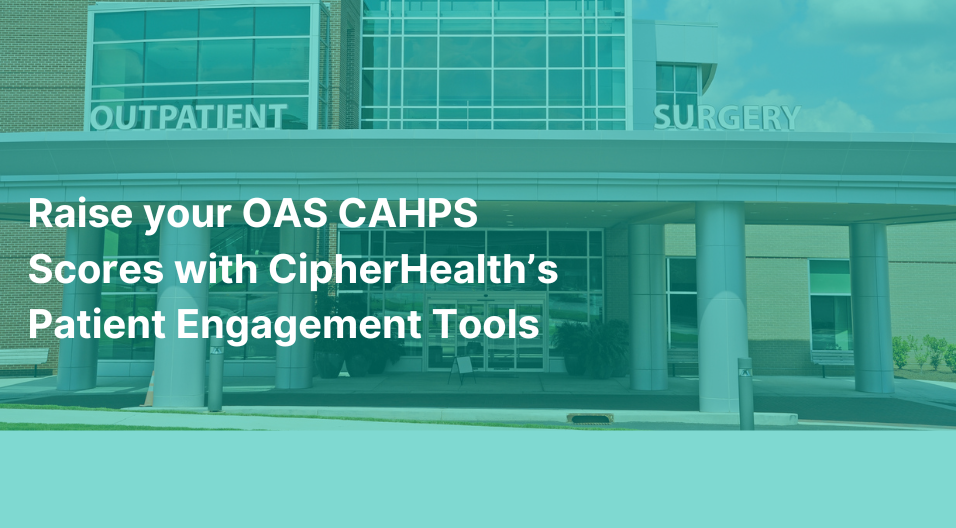With more than 90% of health plans leveraging HEDIS as a primary performance and quality measurement, understanding some of the challenges and strategies available to close gaps is key to driving organizational performance. In this series, we have explored both well-care visit and cervical cancer screening HEDIS measures in-depth, providing insight into how health plans can close care gaps by implementing member engagement best practices. This article focuses on increasing childhood vaccination rates by scaling tailored, locally-driven member outreach.
The Importance of Child Immunizations
Childhood vaccines play one of the most important roles in protecting children from several severe diseases such as whooping cough, measles, meningitis, and tetanus. Ensuring that children receive timely vaccinations is critical to helping keep unnecessary health expenditures down. Not to mention, when children are vaccinated, there is a benefit to the overall population; herd immunity.
A health plan’s performance on this measure is important for the health and safety of its members. In fact, if a plan scores low on these measures then they may be required to complete a performance improvement plan. Similar to other performance measures, lower scores for immunization rates can directly affect revenue by reducing the number of members auto-assigned to the plan.
What Challenges Exist in Increasing Immunization Rates?
As we explored in our previous post, there are many common barriers to getting children in for visits, including those for vaccinations with big scary, long needles. With tight schedules and wrong numbers, helping member parents to remember and to navigate where and when to receive their child’s vaccinations is difficult. With schools and other institutions requiring children to be immunized for certain diseases, health plans can combat some of these common challenges by working within the community to ensure children receive timely vaccinations.
Specific to immunization rates one barrier comes from the stigma around certain vaccinations. In the U.S., Immunization rates have also dropped due to the rise in fear around potential side effects. Easing this fear and educating on the benefits is both critical and difficult to do in hard to reach populations.
How Can Health Plans Close Immunization Gaps and Drive Improvements?
Working within the community and immunization education are both critical to closing gaps for this HEDIS measure. To scale operations, health plans can leverage technology such as CipherHealth automated outreach platform to engage members, provide education around immunizations, and assist in getting members to the right resource in terms of scheduling or additional services.
Automated outreach will help boost engagement rates by reaching out to members at various times and allowing the member to provide feedback on when they would like to connect with the care team. In addition to scaling processes, outreach programs can be automatically deployed in the member’s primary language, further increasing the likelihood of reaching and engaging the member in their child’s care.
Strategy in Action: Getting Members to Schedule Immunizations
When it comes to immunizations, many members may feel they do not need the vaccination or are unsure of where to receive it. For UCSF Health, they needed to find a solution that would educate their community on why and how to receive immunizations, specifically to protect against the flu. By leveraging CipherHealth’s technology, the integrated delivery network was able to deploy educational calls before and during the flu season to understand vaccination trends and provide additional education that encouraged their population to get vaccinated. With this proactive and cost-effective strategy, UCSF Health increased vaccination rates by 38%. Achieving this metric not only improved the health of their population but also allowed the network to capitalize on California value-based incentives.
By meeting HEDIS goals, Health Plans can differentiate themselves in a positive way that increases member satisfaction, improves member outcomes, and capitalizes on financial incentives. To learn about ways of meeting other HEDIS goals, be sure to access these resources:








